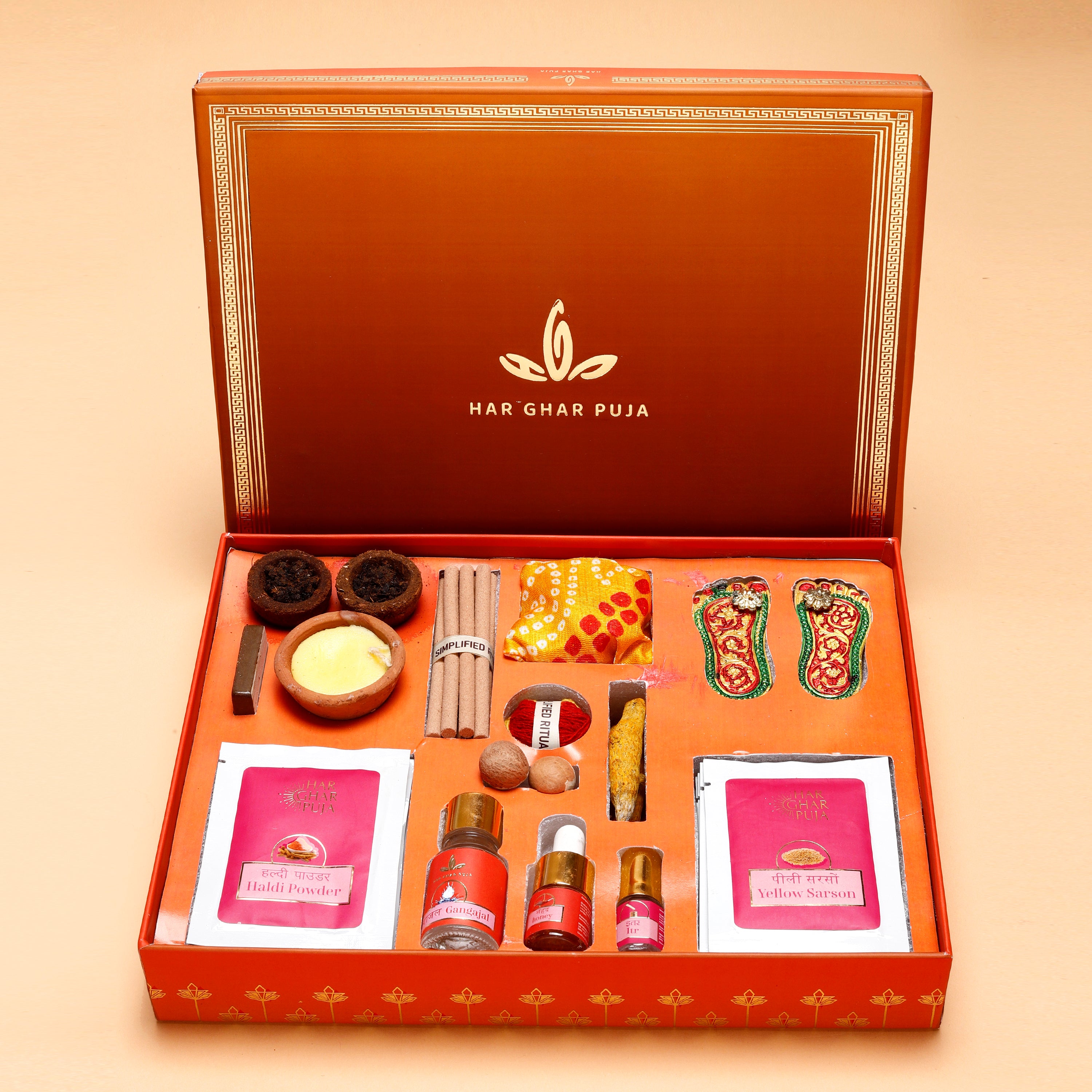Kajri Teej is a significant festival in Sanatan Hinduism, celebrated with great fervor and devotion. This festival, dedicated to Lord Shiva and Goddess Parvati, is observed by women who fast for the safety, prosperity, and well-being of their husbands. Unmarried girls also participate, praying for a suitable groom. In this article, we provide comprehensive information on how to celebrate Kajri Teej, ensuring your observance is both meaningful and traditional.
Importance of Kajri Teej
Kajri Teej, also known as Kajli Teej or Satudi Teej, is celebrated on the Tritiya Tithi of Krishna Paksha in the Bhadrapada month. It holds as much importance as Hariyali Teej and Haritalika Teej. The festival is marked by women observing a Nirjala fast (without water) and performing various rituals to honor Mother Parvati.
When to Observe Kajri Teej (Kajri Teej Tithi & Muhurat)
In 2025, the Tritiya Tithi of Krishna Paksha begins at 10:33 AM on 11 August, 2025 and ends at 8:40 AM on 12 August 2025. It is during this period that the Kajri Teej fast should be observed.
Kajri Teej Mythological Significance
Like many Hindu festivals, Kajri Teej is rooted in mythology. One prominent story is that of Goddess Parvati, who performed penance for 108 years to prove her devotion to Lord Shiva. Impressed by her dedication, Lord Shiva accepted her as his wife on the third day of Krishna Paksha in Bhadrapada, which is now celebrated as Kajri Teej.
Worship Materials for Kajri Teej
To perform the Kajri Teej puja, you will need various items including a picture of Shankar-Parvati and Teej Mata, a Neem branch, and a worship platform. Other essential materials are soil, milk, water, incense, betel nut, coconut, whole rice, an urn, durva, ghee, sandalwood, jaggery, honey, panchamrit, sugar candy, banana leaves, and bel leaves. Additionally, you should have kumkum, turmeric, kajal, mehndi, roli, dhatura, janeu, a nose ring, raw cow milk, abir, gulaal, clothes, lemon, wheat, perfume, flowers, and a lamp. Sattu made of gram lentils, sugar, and ghee is also required. These materials are vital for conducting the rituals and ensuring the puja is performed correctly and traditionally.
16 Sringar – Getting Ready for Kajri Teej
Fashioning up is the most vibrant and embellished phase of the Teej Festival. Women, whether married or single, enjoy dressing like newly-wed brides, preparing themselves in the best manner possible.
Clothes
On Teej, girls and women wear colorful new clothes with a predominance of green, which is auspicious and represents the month of Sawan. Sarees, suits, and lehengas are commonly worn, symbolizing a woman’s marital status.
Jewelry
Once the dress for Teej is chosen, women select fine, exquisite ornaments. Imitation jewelry is popular as it can easily match their attire, although some receive beautiful jewelry from their husbands as a symbol of care and devotion.
Bangles
Bangles are timeless and ever-popular accessories for women. On Teej, shops and stalls offer a variety of attractive glass and metal bangles. Women often match their bangles with their outfits, ensuring everything is perfect for the festival.
Mehndi
Teej Shringar includes beautiful mehndi designs on hands and feet. Young girls and boys apply mehndi a day before the festival, and some women hide their husband’s name within the designs. In villages, women also apply alta on their feet and hands.
Mantra
On Kajri Teej, begin by worshipping Maa Bhavani, Shri Radha-Krishna, and Shanidev. Recite mantras such as:
- “Om Gaurishankaray Namah”
- “Om Namo Bhagvate Vasudevay”
- “Om Shanidevay Namah”
Perform puja with offerings of Peepal, Kadamba, and Banyan. Swings are traditionally set up, and special dishes are prepared using wheat, barley, gram, and rice sattu mixed with ghee.
Offering Arghya to the Moon
In the evening, after completing the puja, offer arghya to the moon. When the moon rises, offer water in a pot mixed with roli, moli, and rice. Follow this by offering bhog and performing four parikramas.
Kajri Teej is a celebration of devotion, faith, and tradition. By observing the fast and performing the rituals with sincerity, you can ensure unbroken good fortune and prosperity for your family. This festival not only strengthens marital bonds but also connects devotees to the divine, enriching their spiritual journey.
Types of Teej and their significance – Link
Check when is Hartalika Teej in 2025 – Link
Check when is Haryali Teej in 2025 – Link







